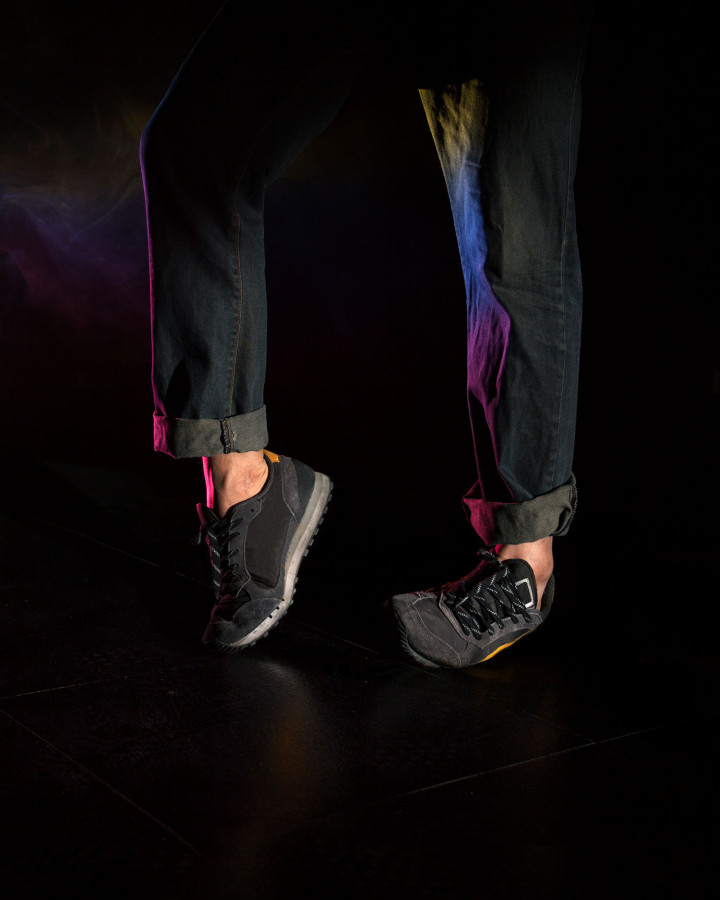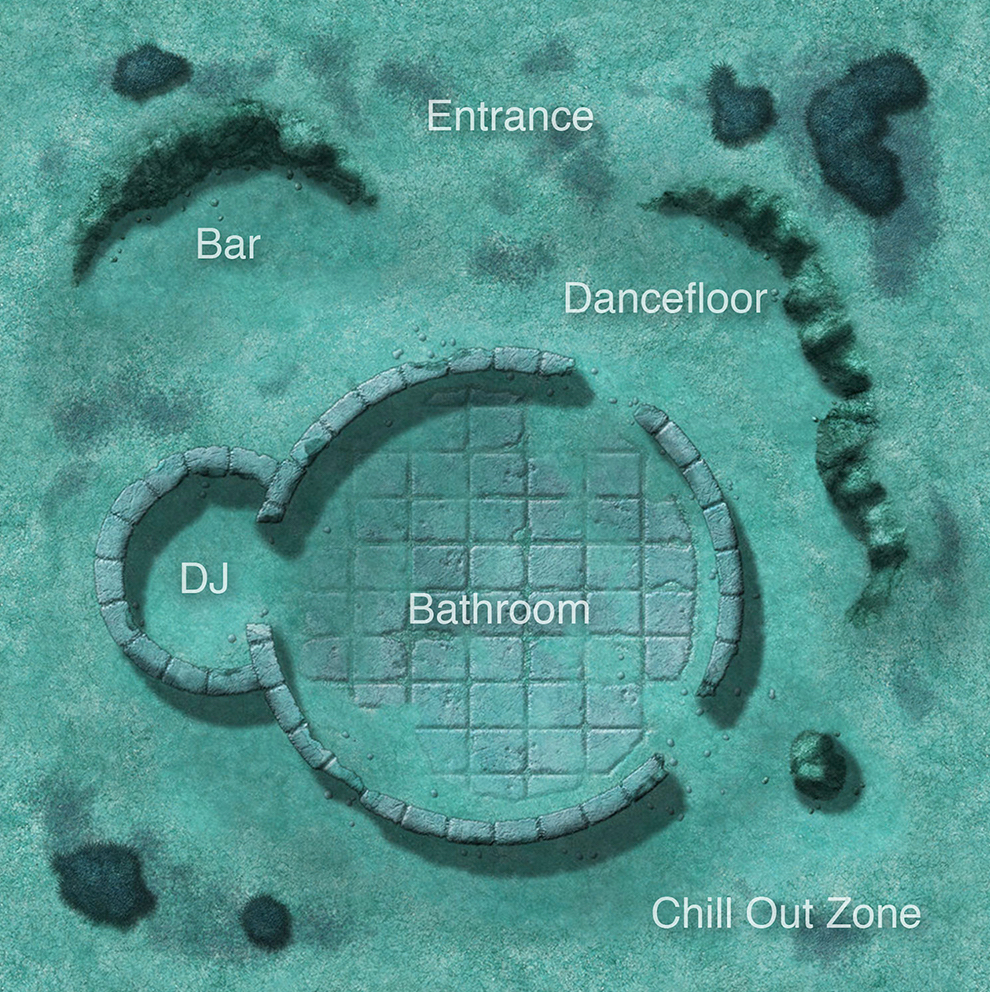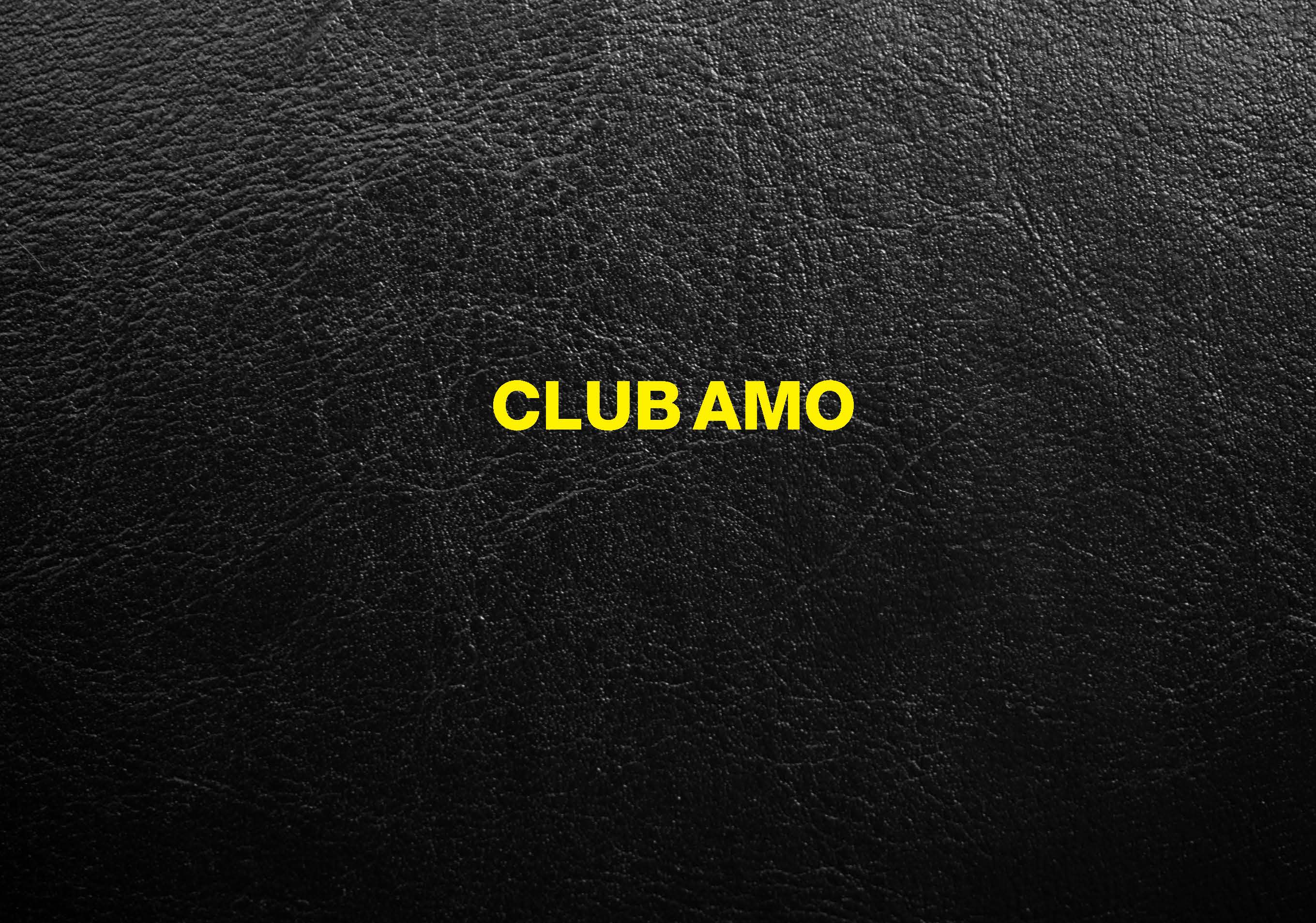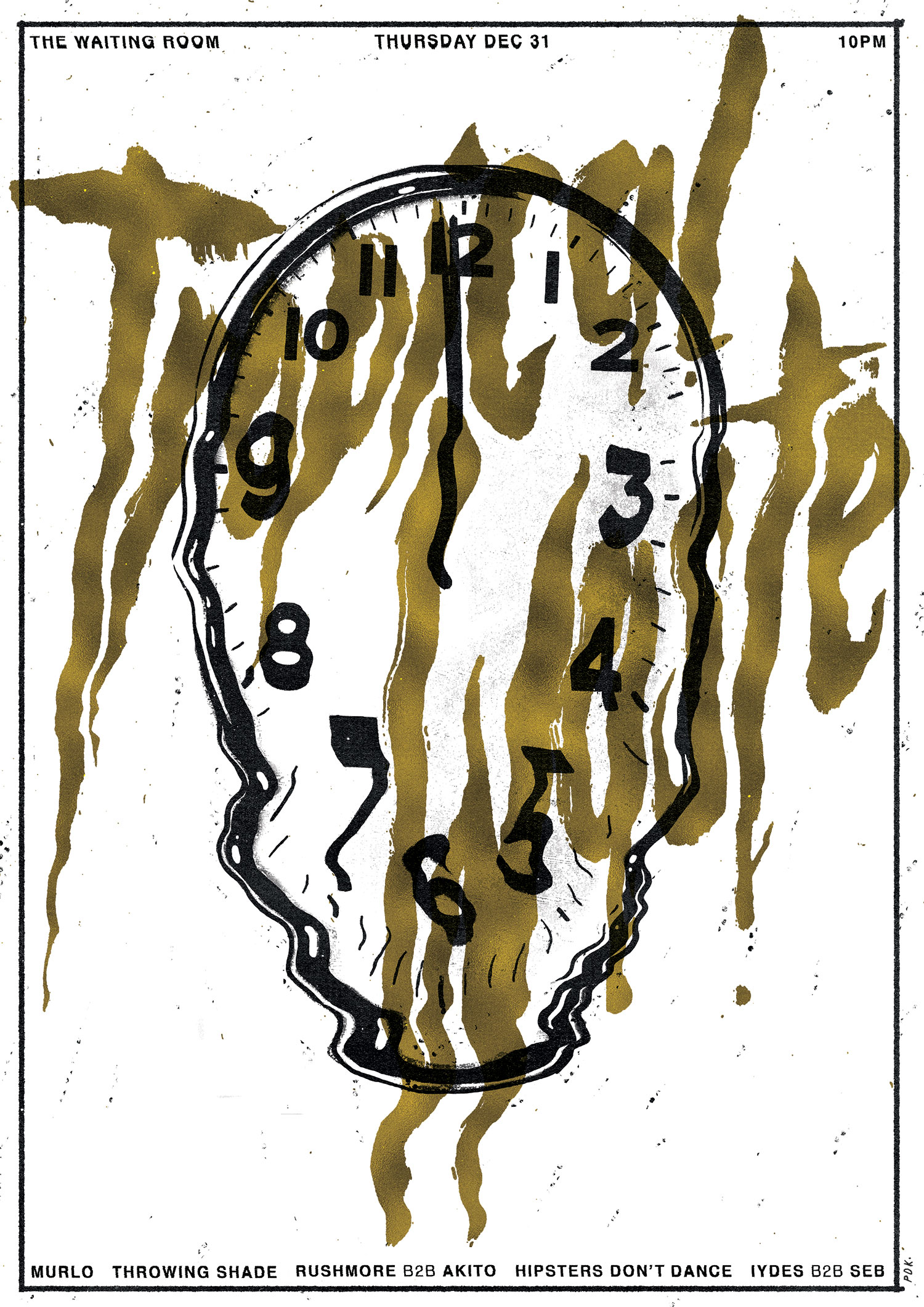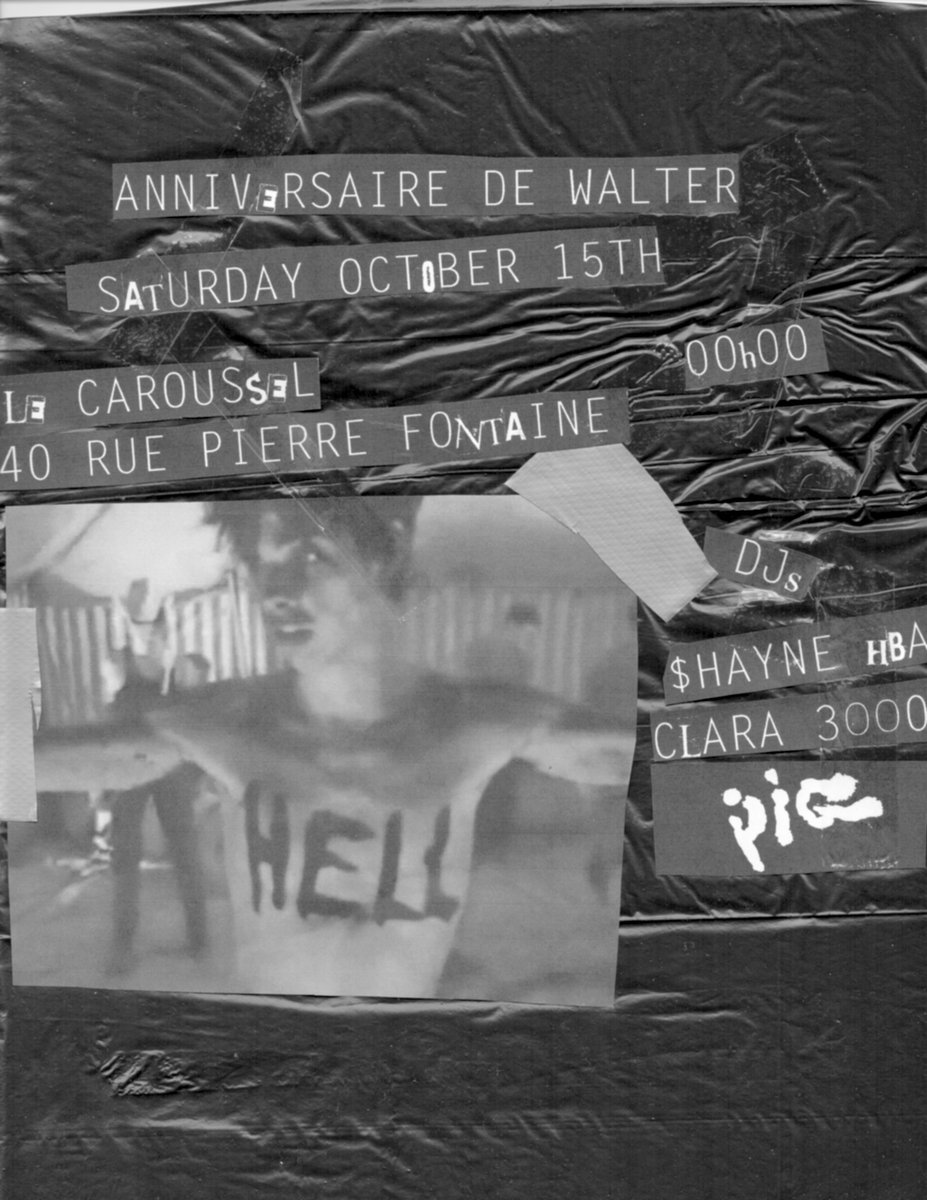
Oblivion
We see a beautiful woman with a large bust, her head covered in white bubbles, her eyes closed, her eyebrows lightly plucked, her lips half open. This shampoo advertisement, located on a steadily moving bus, conjures a state of everyday oblivion, the model embodying the masses’ experience of benign intoxication through her predictably old-fashioned and painfully mannered performance.
Oblivion implies experience at its most intense. The word is full of poetic connotations, though the experience is not to be trusted. About four years ago I became interested in the state of oblivion, the mechanism it arises from, the endpoint it results in, and its relationship to performance.
I began to recall my own memories, scrutinizing my own experiences of this sensation — from the discos and roller-skating rinks of the 1990s to the early 2000s, when my band and I were performing in all kinds of bars and outdoor stages and often pogo-ing together with the audience. I don’t remember it all clearly, but then perhaps I never reached a real state of oblivion. I still have a need to seek within reality, to research, to experience the varying colors of a nightclub, and to enjoy discussions with my peers. Oblivion is like a drip, passing through layers and layers of posters on the wall, trickling across a dance floor, returning to me in the middle of the night.

In the Waves
More than one hundred extras, diffused throughout the room, were told that they would be posing for a picture in which they pretended to dance on a dance floor, indulging themselves. Under the stark lighting, the extras began to rehearse and, almost as if they had agreed in advance, they all assumed the expression of the woman in the shampoo advertisement. Listening to the instructions barked out via megaphone, some appeared driven to distraction, not knowing what to do. Remaining frozen for a long time in a particular pose is tiring, and many grew impatient. Smoke machines continued to spray smoke at regular intervals.
They may not sound like great professionals, but what exactly were they supposed to be doing: dancing or something else? Were they drunk? They convened together within the smoke, a little frustrated. We shot both group and individual portraits.
Now I am boat lost in the foliage of caves,
Thrown by the hurricane into the birdless ether
— Arthur Rimbaud, The Drunken Boat, 1871

Fiction
In recent years I have frequently been asked: “Do you often go to nightclubs?” Obviously I don’t have enough time and energy to go regularly and lose myself in a club; it happens only very occasionally. But I have some close friends, or friends of friends, who have plentiful and fruitful night lives. Their experiences are extremely important to me, as I use their recollections of the clubbing experience to recreate the images of dance floors in full in my studio. This is where reality and fiction intersect, much like the old game of “Guess the Name.” Everyone has a different interpretation of even the same scenario, but I’m not exactly interested in the variations brought by that process of translation. Because the dance floor is really different nowadays from what it used to be. It becomes hard to describe because of the smoke machines and the flashing lights and the large number of mirrored reflections. I believe all of these equivalent spatial designs and setups are intended to allow the space to “disappear,” to free customers from architectural constraints and to allow them to navigate their way through the music without a destination… deep into the night or even through till dawn, until they emerge out of the underground onto a damp street, waving to a taxi to bring them back to reality.
These scenes are like fabricated parts of our lives. And of course, we can still indulge in them from time to time, and enter into this imaginary part of life.
Last year Paul Oakenfold came to perform in Shanghai, and he invited me to take a few photos at his performance. Afterward we went together to visit some galleries and we talked about love, equality and freedom over glasses of wine. At the end, he asked why I created these images, and I remember simply replying: “Because of tragedy.”

